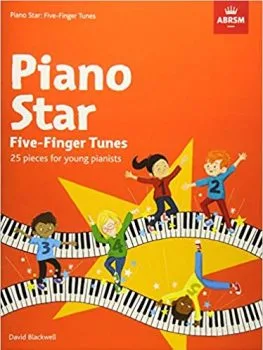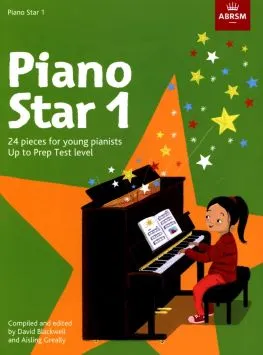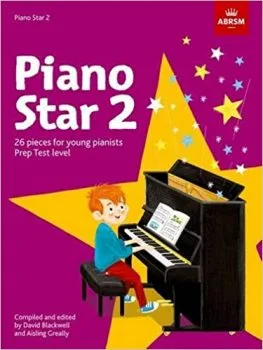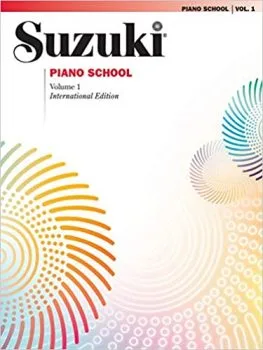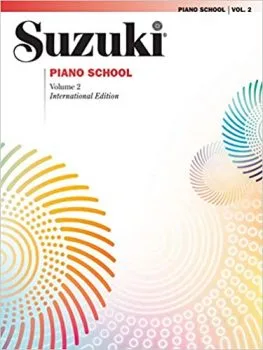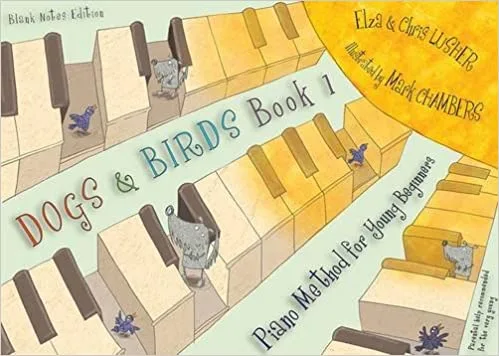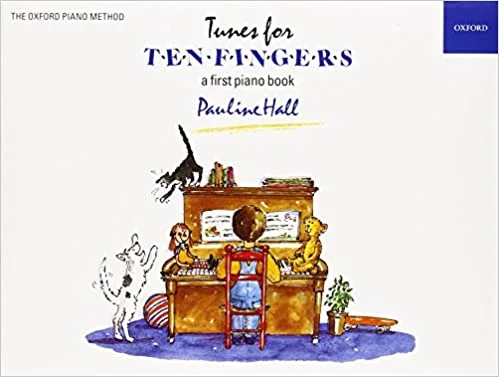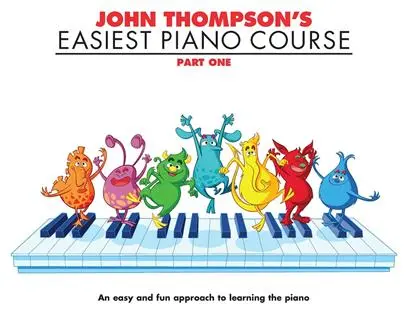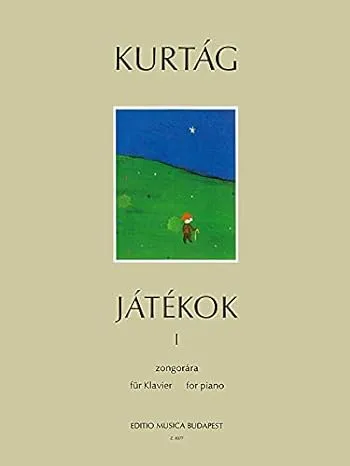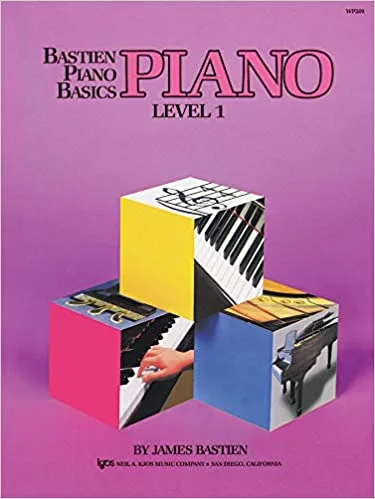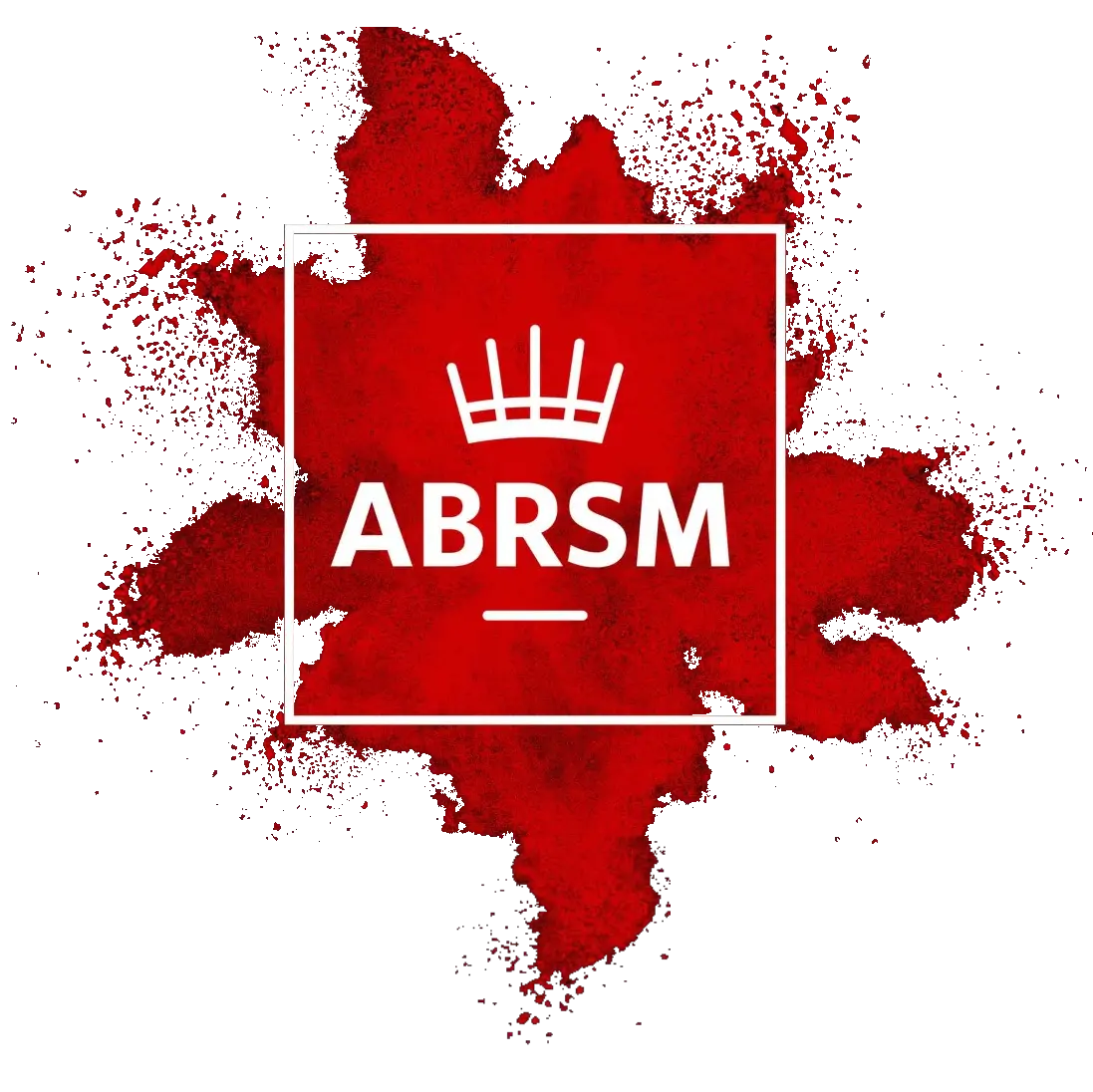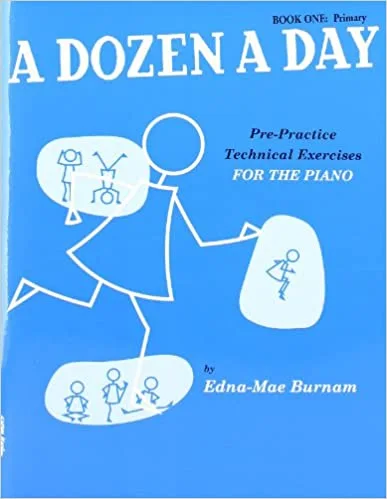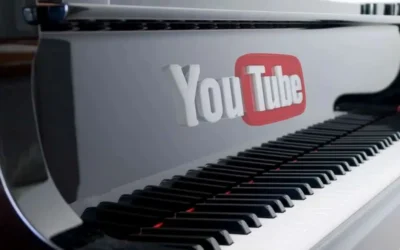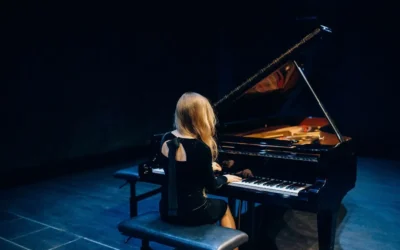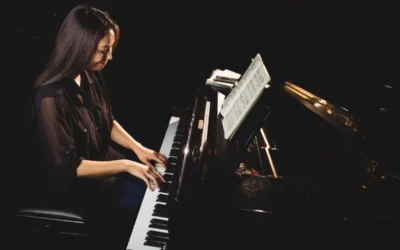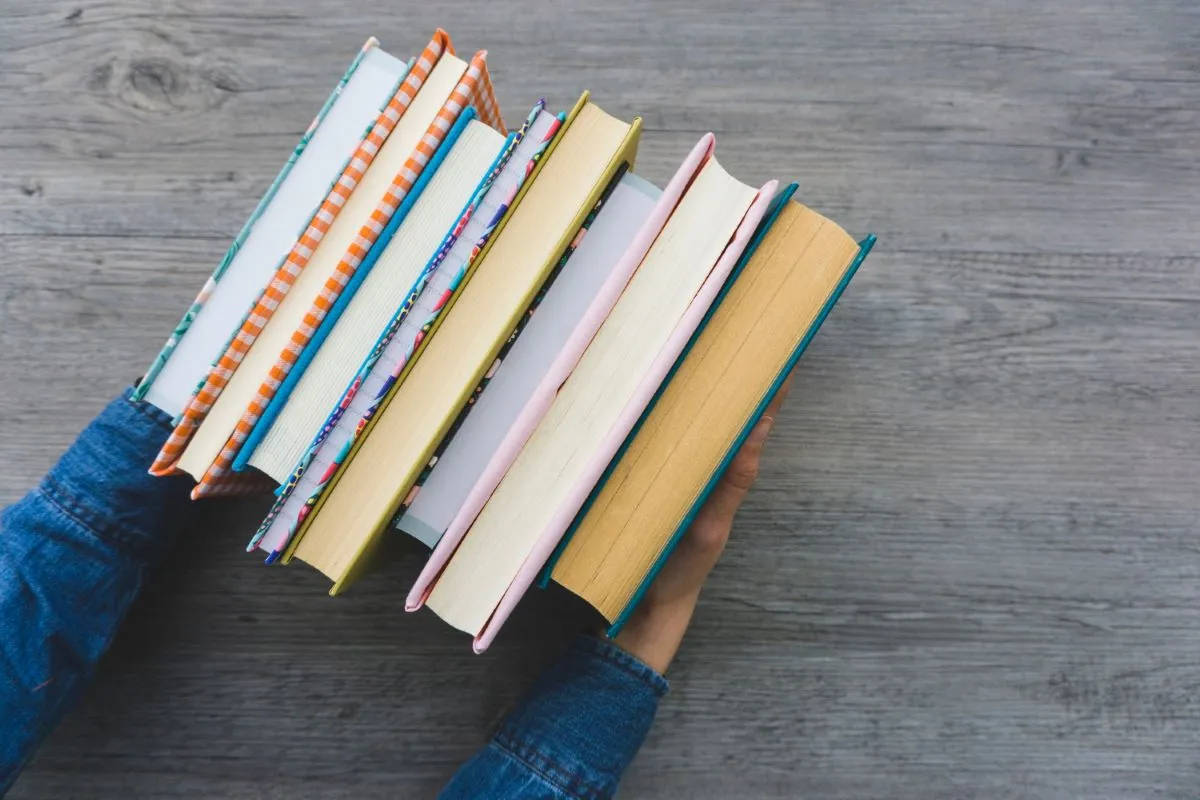
The most popular Piano Books in UK – Pros and Cons
Have you ever wondered which are the best piano books for beginners in UK and how to find a piano teacher who follows them?
Does it make sense to feel that you or your kids are effectively learning and the piano lessons are paying off?
We believe music can be taught from innumerable viewpoints rather than from an ultimate piano method.
Therefore, we made a selection of the most popular piano methods in UK to evaluate their pros and cons based on our teaching experience.
There we go!
BEST PIANO BOOKS
ABRSM Piano Star Books

How long does it take to get to Grade 1 in piano?
The Piano Star series of 5 books by ABRSM is a direct and quick route to get to Grade 1 in piano. This collection of piano tutorial books includes more than 100 pieces to easily take students from middle C to Grade 1 standard.
I personally use Piano Star in my piano lessons and most students get from 0 to Grade 1 in about 1-2 years’ time. Pupils have so much fun learning the pieces and they find the drawings with the hands positions very useful to practice independently.
After working on other methods such as the Dogs and Birds 1 or Chester 1, many children struggle to expand the register of notes they are comfortable reading. The Five-Finger Tunes from Piano Star (orange cover) was the most successful way of moving beginner piano pupils away from middle C.
The 5 volumes of Piano Star (ABRSM) are very well paced and balanced. There is no need to work on all pieces. Teachers may choose a selection of the most helpful songs for each student and combine them with other piano methods such as Suzuki, Dogs and Birds Nursery Rhymes or ABRSM and Trinity Initial Grades.
Pros
Lovely pieces easy to understand and to practice independently.
Easy introduction to key signatures.
Well measured progress
Cons
From Five-Finger Tunes to Grade 1 piano exam
Five-Fingers Tunes
All songs are based on 5 fingers positions covering two full octaves throughout the whole book.
Nice introduction to some sharps and flats.
Book 1
It dooesn’t apply too many new concepts so teachers can combine both.
Jumps and easy changes of position to teach after 5 fingers positions.
Book 2
Richer terms of phrasing, dynamics and note-range.
There are also more challenging rhythms and interesting articulation to work on.
Chester’s Easiest Piano Course

Struggling to find the best beginner piano books for children? The series of Chester’s Piano Books for young kids is an affordable and extremely effective collection of piano tutor books.
100% of the beginners in my studio have successfully learned to read the seven musical notes. Just within a term or two of piano lessons following this piano book for kids. After many frustrations using other books and piano methods, Chester’s Easiest Piano Course has become a favourite among all pupils in my studio.
The three volumes of piano lessons books may be complemented with three other volumes called piano starters book, two volumes of piano duets, a carols book and two sets of music theory puzzles.
Pros
The progress is gradually paced through a simple introduction to music theory.
All combined with sight reading exercises and pieces of the same level.
Cons
Suzuki Piano School, Volumes 1 & 2
How to play Bach Minuet in G Major on the piano
The Suzuki Piano Method is a collection of the most popular piano pieces by the greatest classical composers such as Bach, Mozart or Beethoven.
This compilation of piano repertoire is divided into 7 volumes. Each book includes essential works that any fine pianist has learned at childhood: Bach G Major and other Minuets, Clementi Sonatinas, Beethoven Bagatelles…
The words “Suzuki Method” sound familiar to us all, especially to violin players. However, it should not be considered as an actual piano tutorial book.
In the piano field, the Suzuki Method should rather be considered as an essential repertoire book. And indeed, this collection of books is really the best way to transition students from tutorial books such as the Piano Star or Dogs and Birds 2, to fundamental piano repertoire.
Volume 1
Not a beginner’s book as it starts with high notes on the right hand and proper chords on the left.
Pros
Cons
PIANO BOOKS FOR YOUNG BEGINNERS
Dogs and Birds
The Dogs and Birds is a revolutionary piano book for kindergarteners created by Hungarian pianist and teacher Elsa Luzher.
In each level, there are two versions of each piano book: the animals edition and the musical notes edition. For a successful outcome of learning note-reading, both versions need to be combined with each other.
In the animals’ edition book, seven animals drawings are placed within the musical note whose name starts with the same letter. Ant, Bird, Cat, Dog, Egg, Fish and Goose. Then, the blank edition book contains the same pieces without the animals, so it is used as a transition to the conventional music writing.
It is recommended to sing the names of the animals along while playing, to make the students enhance their inner ear and sight-reading.
Pros
This young kids piano book makes the learning process so intuitive that children as young as 3 may start practicing book 1. No need to know the alphabet.
The Dogs and Birds piano books make music lessons much more fun and engaging for the youngest pupils.
Cons
Book 1 does not do much practice of notes F and G on the right hand and F on the left. To balance this, teachers may use other supporting materials such as Chester or Thompson piano tutor books 1.
Book 2 and Nursery Rhymes are by far more challenging than volume 1. There is a big step further. Before starting any of these two levels, it may be interesting to go through Chester 2, Thompson 2 or Chester Duets.
Tunes for Ten Fingers: a first piano book
I have used this piano book very little as I find it repetitive and eventually boring.
However, repetition is useful if the student does not do much practice at home or as a piano book for young kids.
It introduces the notes slowly on hands separately, combining easy rhythms.
There are some popular songs which students enjoy learning, as well as some note writing exercises.
Pros
Cons
PIANO BOOKS FOR 7+ YEARS OLD KIDS
John Thompson’s Easiest Piano Course, Part One
This is another example of an illustrated piano book with colourful drawings and characters.
However, the learning process is sometimes not well-measured.
The book keeps adding too many new concepts before the pupil has enough time to internalise them.
Hence, it is advisable to work simultaneously on some other piano books such as Chester piano tutor 1.
Pros
It is helpful for students who have completed other books such as Tunes for Ten Fingers 1 and 2 or Dogs and Birds 1 but who are not ready yet to progress to the next stage.
Cons
From experience, we found that most of the beginners who completed the first book, were still doubtful when reading songs from F to G.
In addition, the second book became so hard at some point that it was necessary to switch to other methods.
Jatekok (Games), Volume 1
Jatekok, games in Hungarian, is a piano method created by the contemporary composer György Kurtág.
One of the peculiarities of this creative piano method is its way of music notation. It may not be as popular as the ones we have mentioned so far, but it successfully works.
This collection of short piano works was composed to supplement traditional teaching materials for youngsters who have not learnt how to read music yet.
It allows the student to pay attention to the importance of the body in the piano playing, which will eventually play a decisive role in the performance.
Besides, its kinaesthetic approach stimulates the student to experiment with sensations and sounds without the need of reading from the score.
Pros
It makes improvisation an important factor and liberates children from sight reading.
It helps the students to develop their awareness of rhythm, pulse and pitch.
Enhances the control and perception of their body movements.
Cons
PIANO BOOKS FOR NOT QUITE BEGINNERS AND 8+ KIDS
Bastien Piano Basics: Piano Level 1
Bastien Piano Basics is probably one of the most famous piano books around the globe.
Their four graded volumes of piano, technique, performance and theory provide a clear sense of structure and harmony to the piano.
Curiously enough, most of the pieces are based in three hand positions rooted in tonic, subdominant and dominant progressions.
This visual approach gets students playing some notes straightaway. But some pupils may eventually get the patterns and actually not read the notes at all.
Despite its popularity, you would not use this book in a first lesson.
Pros
Students do enjoy playing the fun pieces on these books.
Cons
After finishing this book, they struggle to read other piano music written outside those patterns.
ADULT BEGINNERS PIANO METHODS
You may have noticed that all books named so far are for children and young beginners.
But is there any piano book specifically for adults?
Of course.
There are less materials for grownups but, as it is never too late to take piano lessons, here are a couple of recommendations for them.
Waterman & Harewood Piano Lessons Books

How can I teach myself to play the piano?
The Waterman/Harewood Piano Lessons Series of books 1, 2 and 3 is a legendary collection of adults’ piano books.
Quite often my older pupils ask me if it is possible to learn piano on your own.
Well…we could talk extensively about this and agree that the right guidance would be key for self-learning. Piano Lessons by Waterman & Harewood are highly successful piano methods aimed at the older beginner.
These three books were created by world famous musicians and educators:
- Piano teacher Fanny Waterman, who lead a series of ten master-class programs screened on Channel 4 in the 1980s.
- Marion Harewood, cofounder of the prestigious Leeds International Piano Competition for professional pianists.
Ideal for older students, Book 1 is a fast and efficient guide for the self-taught adult beginner. Together with the two follow-up volumes, this collection of adults’ piano books is established as one of the foremost piano methods for grown-ups.
Pros
Includes fundamental piano repertoire by Mozart, Bach, Beethoven and Schumann.
Technical exercises are well presented.
Good introduction to harmony.
Cons
Some pieces have awkward hands positions.
MUSIC GRADED EXAMS
ABRSM, Trinity College and LCM exams
These piano examination boards represent the main choice for those who want to take a step further.
The three of them offer a clear pathway to build musical skills and encourage progress towards a final goal: a graded music exam.
These methods allow the teacher to split the lesson in order to carefully prepare each part of the exam. Pieces, technique, aural tests and sight-reading.
Pros
Available at nine levels, these examinations asses performance, technique, notation and listening as well as music theory.
Cons
Many students who had obtained great marks in their exams, have huge difficulties when reading a music score.
They are able to nicely play the pieces but are in need of copying from a teacher.
BOOKS TO IMPROVE YOUR PIANO TECHNIQUE
A Dozen A Day: Pre-Practice Technical Exercises For The Piano
This is a book to improve piano technique that might remind you of The Virtuoso Pianist by Charles Hanon.
Well paced sets of exercises related to sports or common movements.
Written in the key of C Major make daily practice fun and appealing.
It offers teachers a chance to watch their pupils’ technique and consciously work on the appropriate use of the fingers, wrists and elbows.
Pros
Children find it fun to do “piano Olympics exercises”
Cons
It does require students to have advanced reading skills, especially from book 2.
All exercises are in C Major. We recommend to transpose to all keys.
ASK YOUR PIANO TEACHER FOR ADVICE
The ultimate piano book doesn’t exist
As we mentioned at the beginning of the post, there is not such thing as an “ultimate piano book”. Nor a best piano learning method.
All pros and cons stated are just meant to be a reference point for those looking for piano tuition books.
When asking for advice, people tend to rely on experts. So, when searching in the market for the “best piano book”, remember all pupils are different and so are their needs and skills. A good piano teacher will know all piano books and will choose whatever suits the student best.
Most Recent Posts
Join the Academy
Piano Lessons
Music Theory

